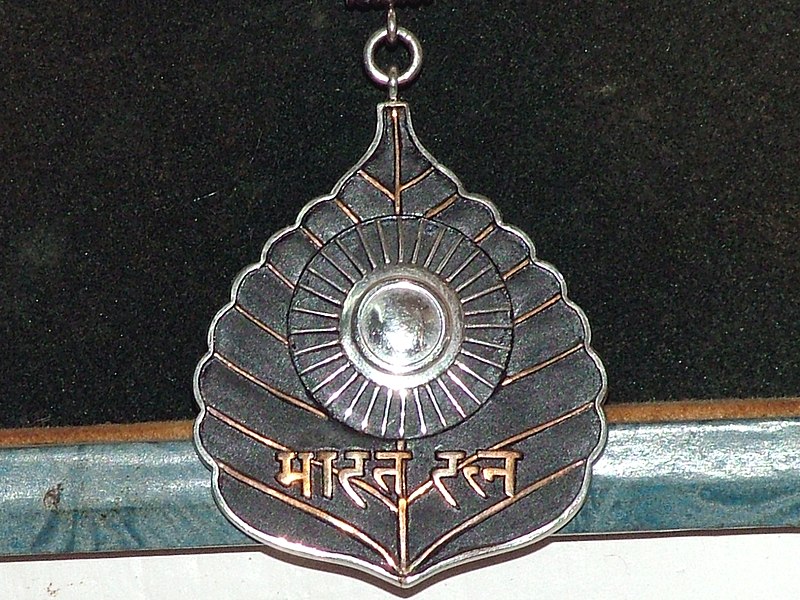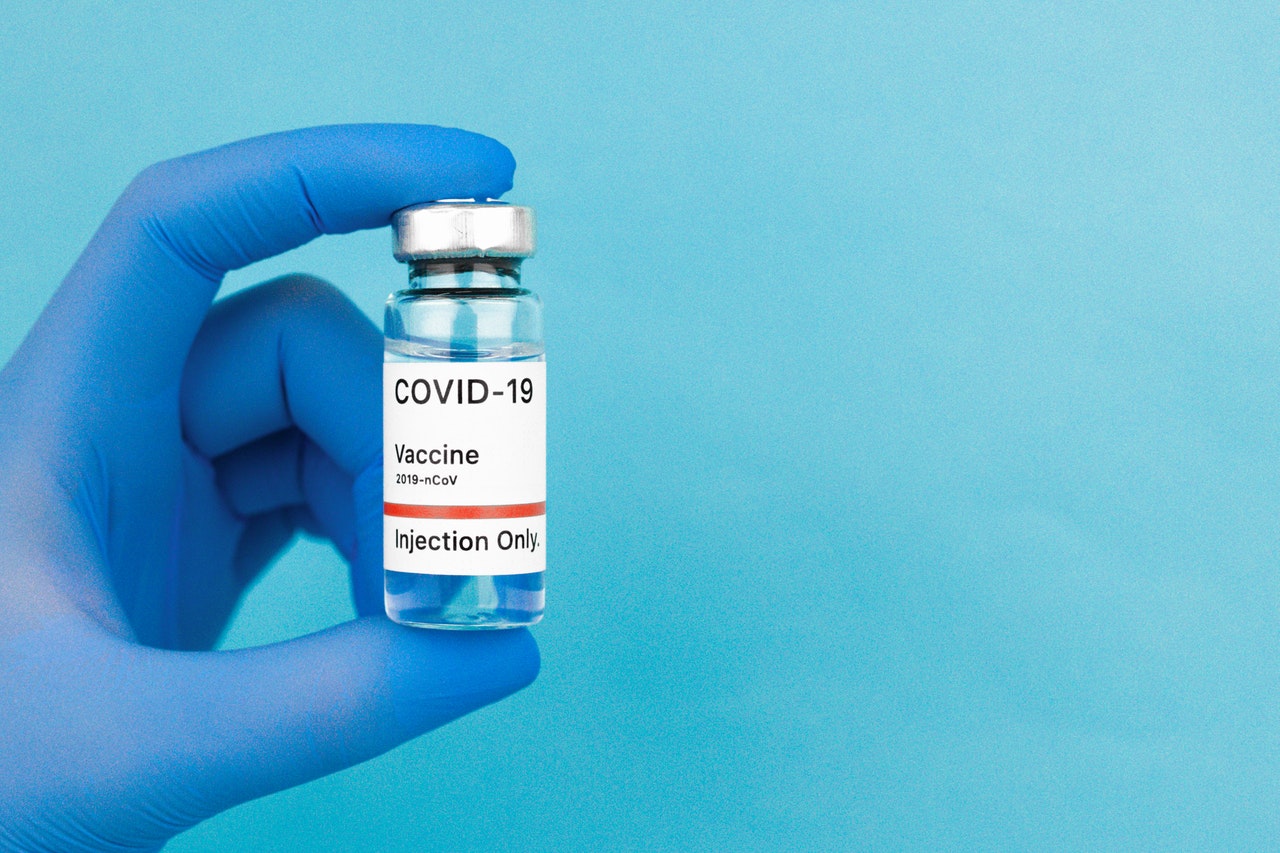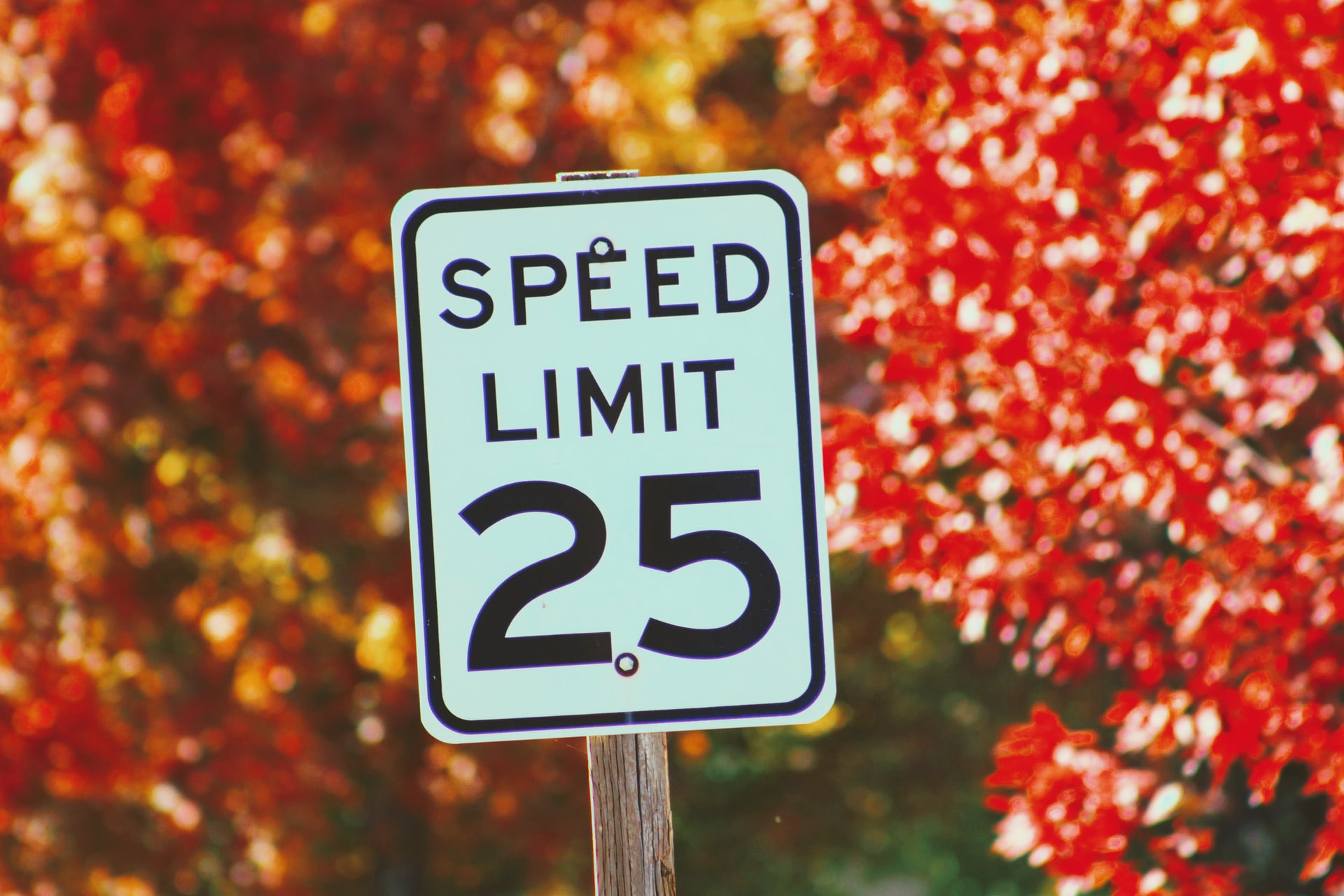Reading Time: 2 minutes
- The Government of India instituted two civilian awards – Bharat Ratna & Padma Vibhushan in 1954.
- Padma Vibhushan had three classes: Pahela (Primary) Varg, Dusra (Secondary) Varg and Tisra (Tertiary) Varg.
- In 1955, Pahela Varg was renamed to Padma Vibhushan, Dusra Varg to Padma Bhushan and Tisra Varg to Padma Shri.
- Since then, Bharat Ratna is considered the highest civilian honour of India, and Padma Vibhushan, Padma Bhushan and Padma Shri are the second, third and fourth civilian honours in that order.
- Civilian awards mean they are meant for people who don’t serve in armed forces or police forces, and these are given to those who have excelled in their field of work and have made the country proud.
- These awards are announced on the occasion of Republic Day (there have been a few exceptions, however).
- The recommendations for Bharat Ratna are made by the Prime Minister to the President of India, and a maximum of 3 Bharat Ratna Awards can be conferred in one year.
- It is awarded in recognition of exceptional service/performance of the highest order in any field of human endeavour.
- And while 204 Bharat Ratna Awards could have been conferred in the last 68 years (68X3), there are only 48 persons (names include Sachin Tendulkar, Lata Mangeshkar, APJ Abdul Kalam) who have received Bharat Ratna so far (no recipient in 2021).
- Bharat Ratna is usually conferred on India-born citizens, but there have been three exceptions so far: Mother Teresa (naturalised citizen), Khan Abdul Ghaffar Khan (Pakistan) and Nelson Mandela (South Africa).
- For Padma Awards, the Prime Minister of India forms a committee each year and from the nominations received for the year, this committee makes recommendations, which are then approved by the PM and the President.
- Till 2015, the nominations for Padma Awards could come from state governments, union territory administrations, central ministries and departments, etc. only.
- However, in 2015 the government declared that the recommendation for the nominations could be given by any Indian citizen (self-nomination is also allowed) and this is an online process now.
- A maximum of 120 Padma Awards (excluding posthumous awards and to NRI/foreigners/OCIs)) can be conferred in a year.
- Padma Awards are given in three categories: Padma Vibhushan (for exceptional and distinguished service), Padma Bhushan (distinguished service of higher order) and Padma Shri (distinguished service).
Also Read:
Why is the Nobel Prize a big deal?
Image courtesy of Kumar Rajendran through Wikimedia
Reference shelf :
























